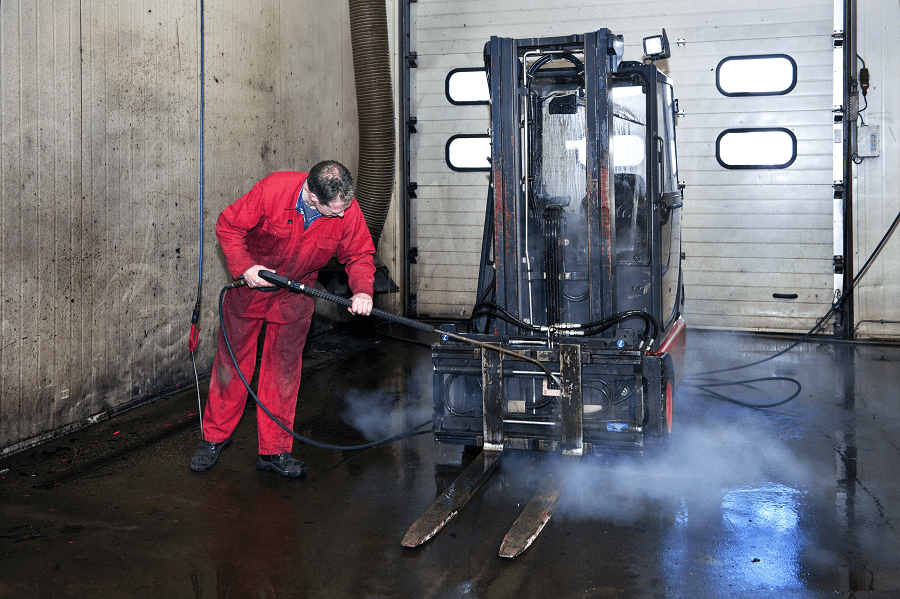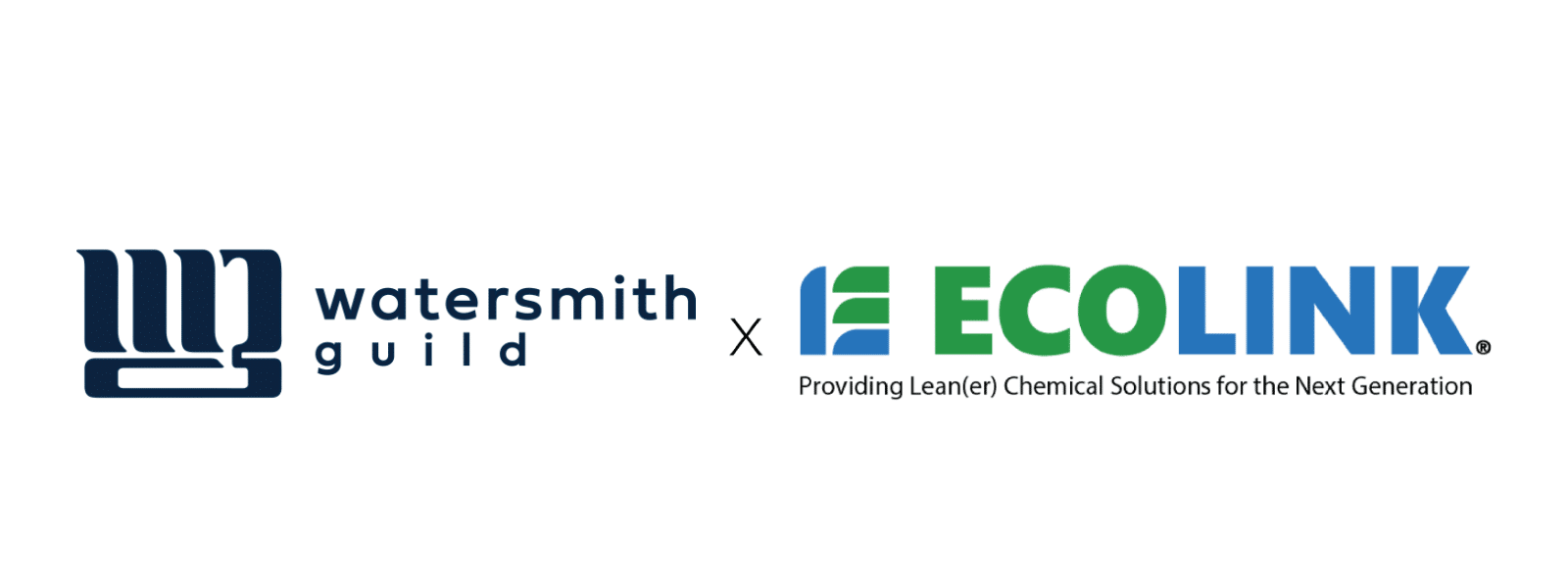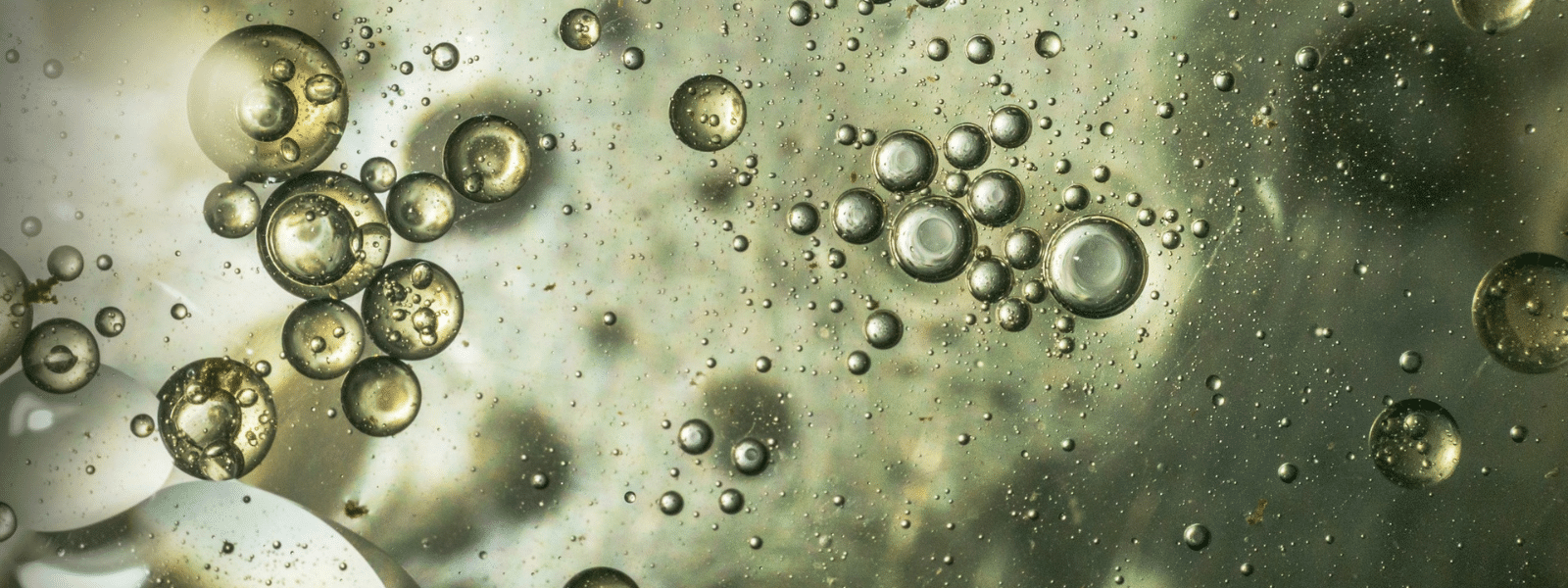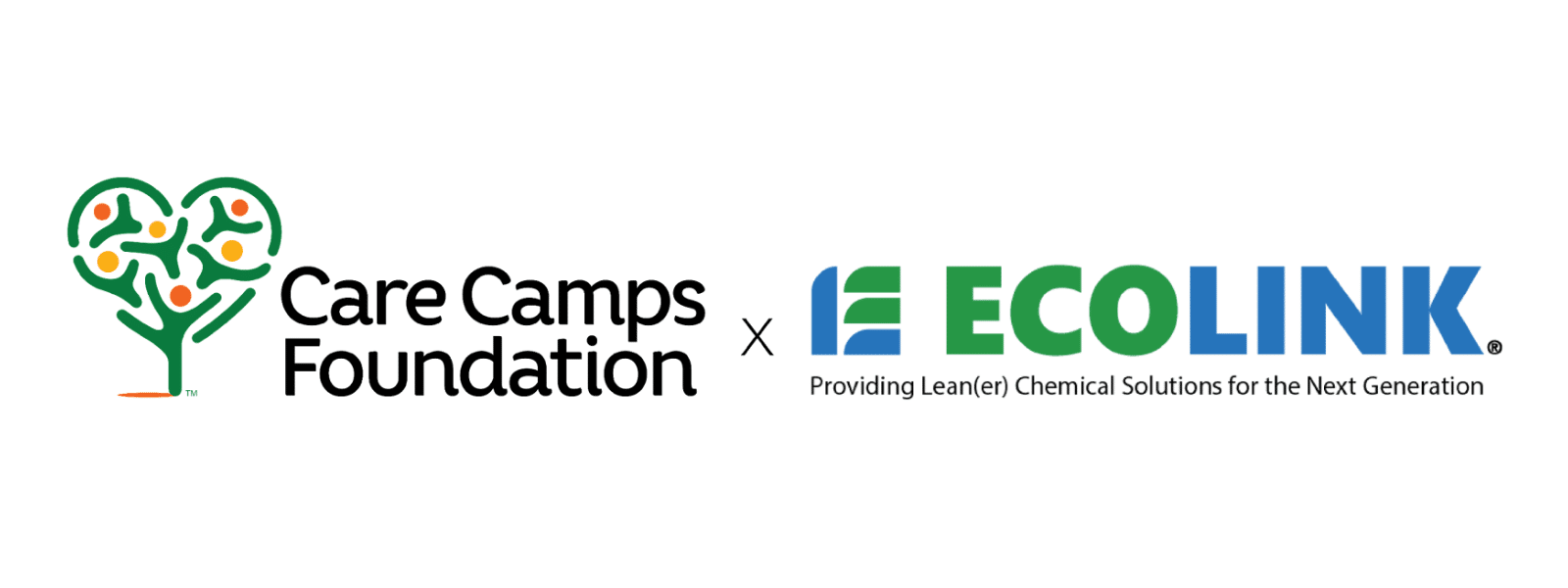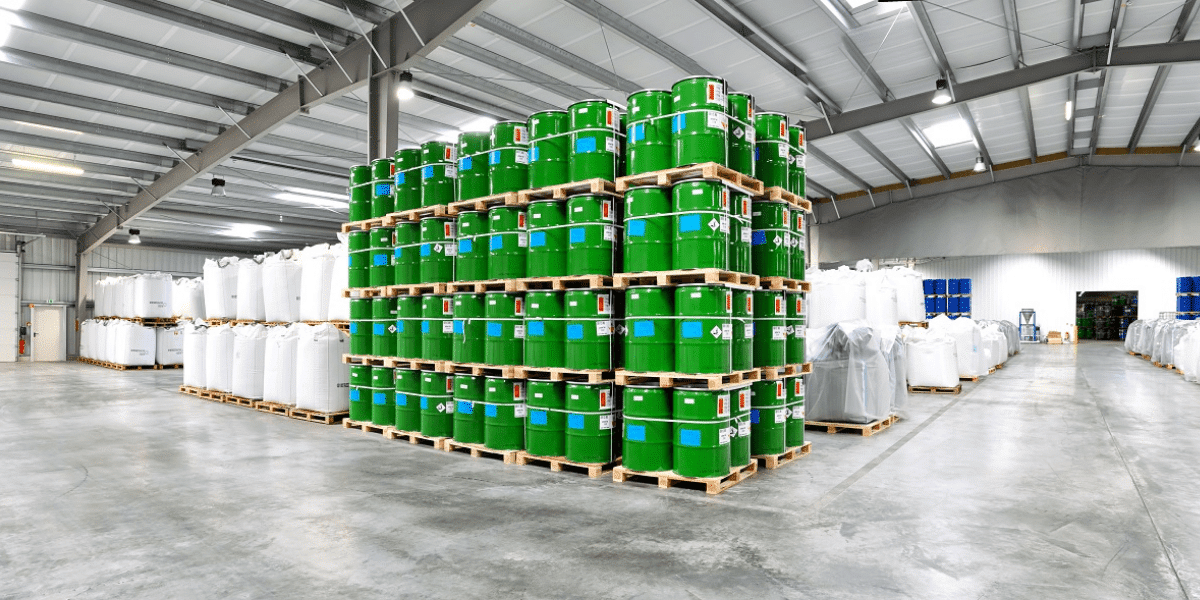Since the mid-1930s, PERC, also known as perchloroethylene, PCE, tetrachloroethylene, and tetrachloroethene, has been an effective organic solvent that has mainly been used in the dry cleaning industry and to a lesser extent, in metal degreasing. PERC was an ideal dry cleaning solvent because of its excellent cleaning power, stable, non-flammable properties, and gentleness towards many articles of clothing. Many of the qualities that made PERC a desirable dry cleaning solvent also contributed to its usefulness in vapor degreasing.
However, there were concerns that workers who routinely breathed excessive amounts of the solvent vapor or spilled PERC on their skin were at risk of developing health problems. In 1993, research data had led many organizations to believe that PERC was a potential human carcinogen; as a result, California and the EPA decided to begin regulating the use of PERC by establishing a Permissible Exposure Limit (PEL) and producing advisory content concerning workplace exposure reduction. The current Occupational Safety and Health Administration PEL for PERC is 100 parts per million (8-hour TWA).
Although the dry cleaning industry has refined the control of PERC and created new equipment that has much lower exposure than older models, there is still a necessity to reduce employee exposure to the solvent in order to prevent health hazards that could result from long-term exposure.
Possible health effects of PERC Exposure
- Dizziness, drowsiness, and loss of coordination
- Mild loss of memory, visual perception, and reaction time after several years of exposure
- Redness and blistering of the skin after extended dermal contact.
Primary Sources of PERC Exposure
- Loading dirty garments into the machine (when perc-contaminated air is displaced and forced out of the machine)
- Removing garments, especially thick articles, before the drying cycle is completed
- Transferring solvent-laden clothes into the dryer
- Lint and button filter cleaning
- Raking out the still (distillation unit residue)
- Solvent filter changes
- Water separator maintenance
- Hazardous waste management
Replacement: Safe for You and Your Employees!
With increasing regulations regarding PERC usage, the best solution to keep employees safe and prevent compliance headaches is replace PERC and use Ecolink 4005! Ecolink 4005 is a solvent degreaser that is also commonly used for metal degreasing. If our existing blend of Ecolink 4005 isn’t right for you, then contact us to create a custom blend that fits your needs! Contact us today!





